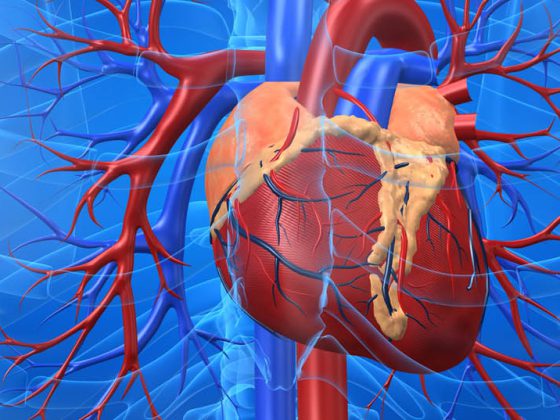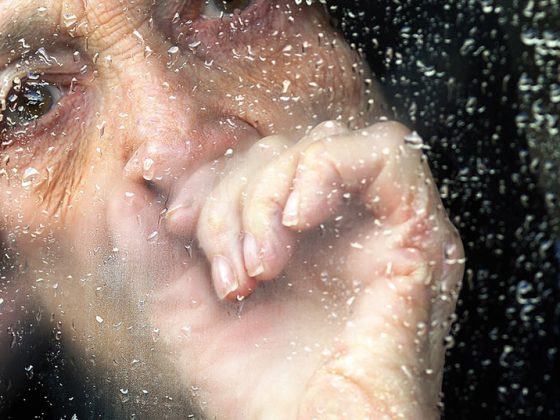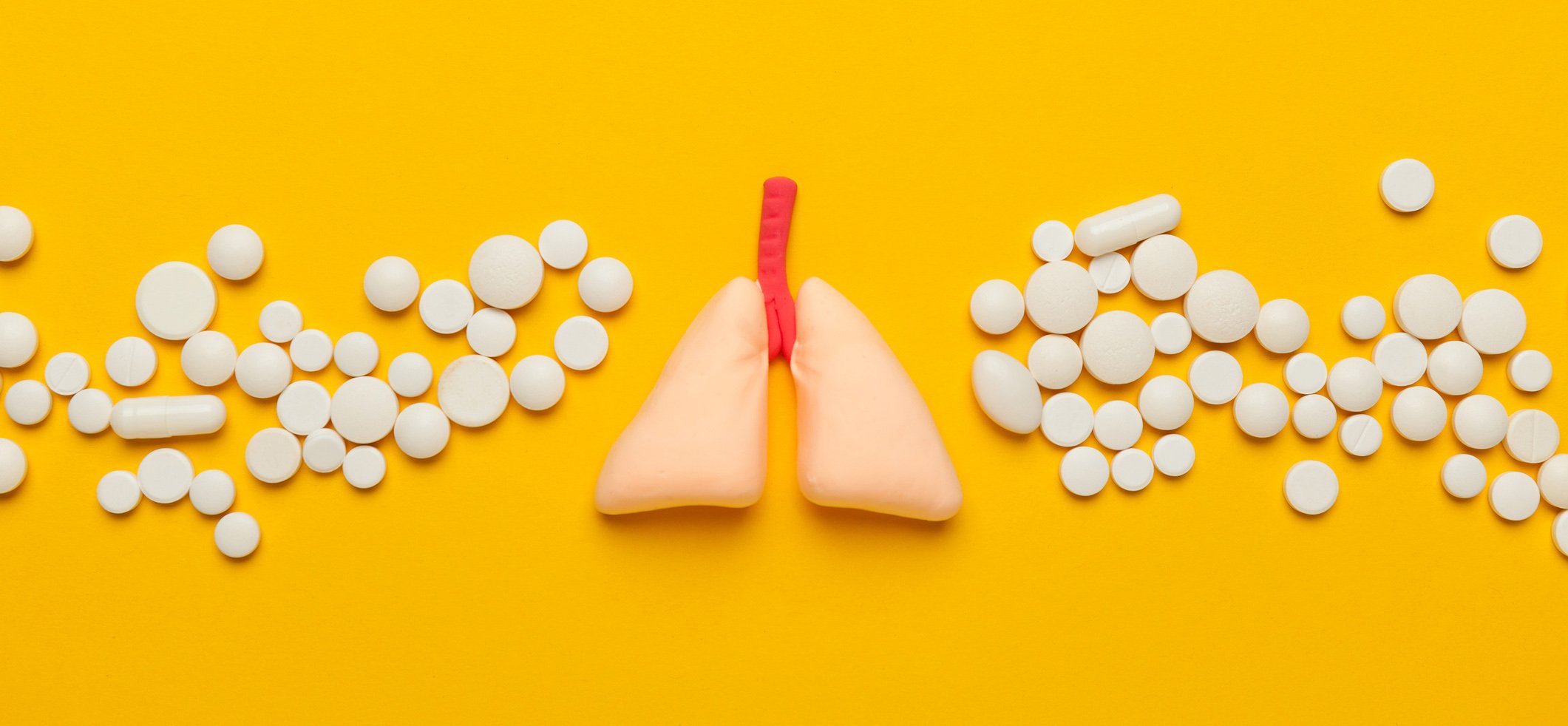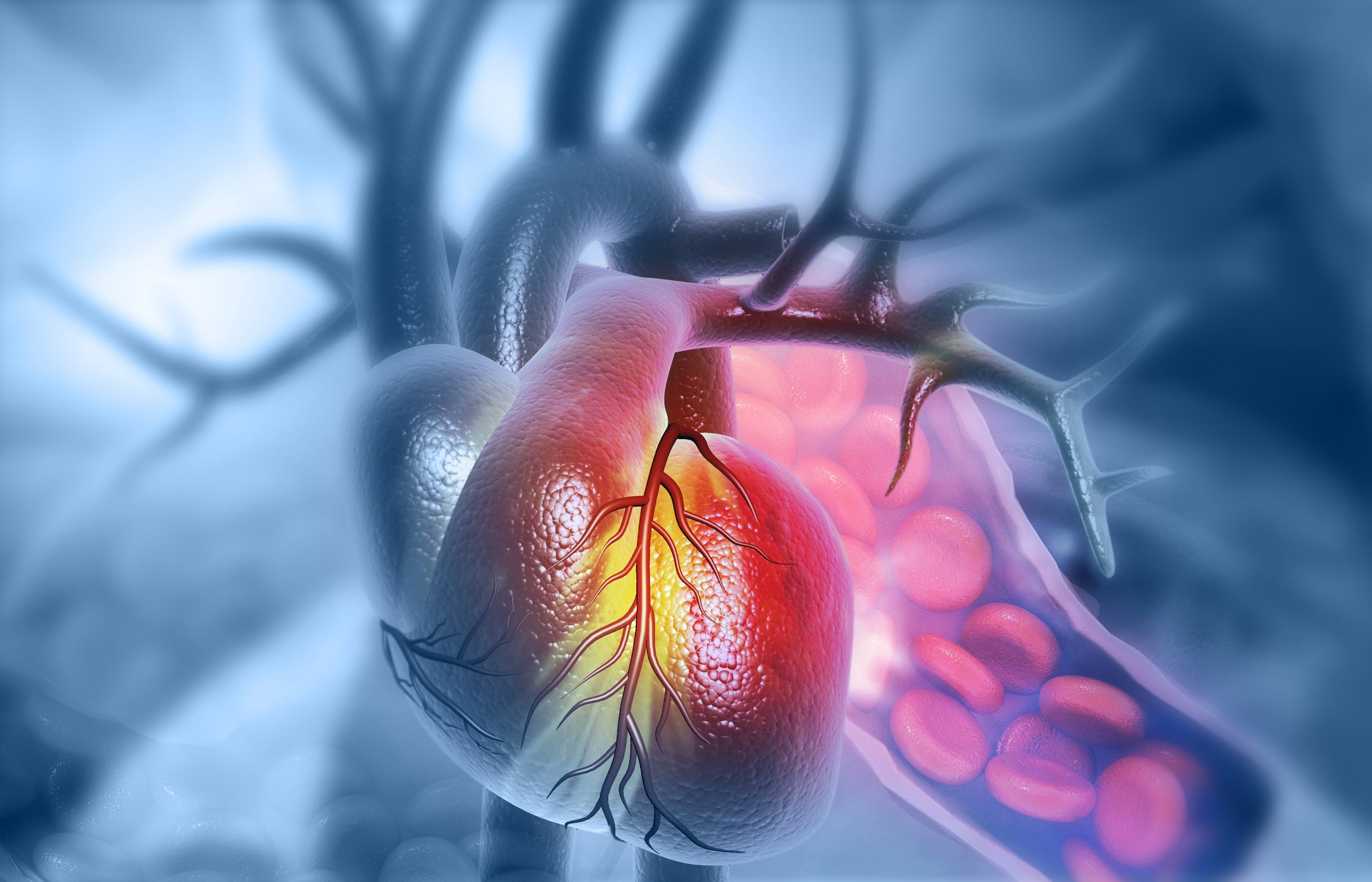Over 800 dermatologists from around the world attended the Pierre Fabre Dermatology Forum in Paris. A wide variety of current topics in dermatology were discussed here. Six plenary sessions covered infantile hemangiomas, atopic dermatitis, photoprotection, acne, hair and scalp, and cosmetic dermatology. In more advanced workshops, congress participants could choose, for example, between oncodermatology, hydrotherapy or even galenics. Across all topics it became clear that especially in dermatology a well informed and educated patient can contribute decisively to the success of a therapy.
For Prof. Carlo Gelmetty, MD, Italy, the discovery of filaggrin as a predisposing factor of atopic dermatitis fundamentally changed the understanding of the disease. With the discovery that this protein plays a central role in the protective function of the skin, directed attention in the treatment of AD to emollients. The decrease in fillagrin, which exists in almost all cases of atopic dermatitis, results in a skin barrier defect and significantly higher transepidermal water loss [1]. Dry skin and a tendency to eczema are the result. Reasons are genetic and inflammatory or genetic and inflammatory.
Early treatment and educated patients
Several studies showed that early treatment with emollients can prevent AD [2–4]. The relative risk reduction in the group of neonates treated daily with emollients was approximately 50% [3]. Further, a steroid-sparing effect has been demonstrated in young children with AD [5]. Strong topical steroids had to be used almost 42% less frequently in the emollient-treated group, but the use of medium-strength steroids occurred with similar frequency in the two study groups. According to Prof. Gelmetty, emollients can reduce the need for active treatment, prevent eczema and restore the skin barrier, and should therefore be used daily. During the application itself, the main thing to make sure that enough cream is used.
For treatment to be successful, it is essential that patients have a proper understanding of their disease and also the treatment itself. This was the topic of the lecture by Prof. Jean-François Stalder, MD, from France. The latter sees a clear need to better educate patients therapeutically. This is particularly essential in the dermatological treatment of babies and young children. The treating physicians are repeatedly confronted with questions and prejudices of the patients, which have to be solved: Examples range from ignorance about presumed observed correlations of different symptoms: “When the eczema subsides, the asthma reappears”; to prejudices against therapies: “Cortisone does not heal! When I stop it, everything gets much worse than before.” For Prof. Stalder, these examples show that there should be a move toward patient-centered medicine, which runs counter to the traditional, physician-centered concept. Treatment success often does not occur due to poor adherence, as treatment is time-consuming and complicated, and is sometimes hindered by concerns related to therapy.
A key element seems to be the fear of corticosteroids, which affects over 80% of patients with AD. For this reason, 95% use too low doses, and 36% report not using the therapy at all [6]. Since these concerns are often not revealed during classical consultations, Prof. Stalder presented TopiCoP (“a score of assessing cortocophobia”) [7]. Using these easy-to-understand twelve questions, it becomes easier for physicians to assess the extent to which patients’ or their parents’ concerns may affect therapy. This is particularly true in the case of chronic diseases, where close monitoring of the patient by the dermatologist is required.
The fact that AD has a negative impact on the quality of life of those affected was made clear by Antonio Torello, MD, Spain [8]. Instead of just talking about dry skin, the speaker suggests addressing subclinical skin conditions as well. These eczematous lesions often require anti-inflammatory treatment, and some emollients are not tolerated at all. Consequently, the key to successful treatment is to “apply the right emollient at the right time in the right place!”
Sun protection is still underestimated
The mechanisms of UVA and UVB rays causing sunburn and skin pigmentation are now well understood, according to Prof. Harvey Lui, MD, Canada. Further, it is known that the daily use of sunscreen protects the skin from skin cancer. However, as with many topically applied products, the problem is that they are often applied incorrectly or in too small a quantity. Again, irrational fears and misconceptions are the reason for this – patient education and precautions are therefore an important pillar. “There are currently no real alternatives to sunscreens. Further, it is important that in the future we focus not only on ultraviolet rays, but also on infrared and visible light.”
While dermatologists may be aware of this fact, as they are confronted with an increasing number of skin cancer cases on a daily basis, the general population seems to share this concern only to a limited extent. To improve awareness of the importance of sun protection in the future, Prof. Eggert Stockfleth, MD, Germany, as president of the European Skin Cancer Foundation, initiated a pilot project in kindergartens. After training the staff, the children and several control visits, the kindergartens can receive the “SunPass” – a quality label that also shows to the outside world that sun protection is taken seriously [9].
On the one hand, sun protection must be effective against harmful effects, but on the other hand, it is also important not to prevent the balance for vitamin D absorption by the sun. This topic was addressed by Prof. Anthony Young, MD, UK. So-called “holiday-studies” investigate under real-life conditions how sun protection affects vitamin D levels in blood and urine [10]. Prof. Young summarized the conclusions of the studies as follows: Even low doses of UV radiation damage the skin and can result in both acute and chronic long-term damage. The amount of sunscreen applied is critical for adequate protection; 2 mg/cm2 is recommended. With this application, a good and sufficient vitamin D production is also still possible at the same time without suffering from sunburn.
Source: Pierre Fabre Dermatology Forum, April 23-25, 2015, Paris.
Literature:
- Flohr C, et al: BJD 2010: 1333-1336.
- Simpson E, et al: JAAD 2010; 63(4): 587-593.
- Simpson E, et al: JACI 2014; 134(4): 818-823.
- Horimukai K, et al: JACI 2014; 134(4); 824-830.
- Grimalt R, et al: Dermatology 2007; 214, 61-67.
- Aubert-Wastiaux H, et al: BrJD 2011; 165: 808-814.
- Moret L, et al: PLoS ONE 2013; 8(10): e76493.
- Langenbruch A, et al: JEADV 2014; 28(6): 719-726.
- Stöver LA, et al: Br J Dermatol 2012; 167(Suppl s2): v-vi.
- Petersen B, et al: JID 2014 Nov; 134(11): 2806-2813.












